Content:
At first glance, the berries of mulberry (mulberry) and blackberry (azhina) are exactly the same. Especially if they are in a vase or on the market in a glass from a seller, that is, not on a tree or bush. In fact, they are quite similar, but they belong to different cultures. One is from the Mulberry family, the other is Pink. The fruits of the first grow on a tree, the other on bushes.
Description of mulberry
The Mulberry family consists of many tall trees and bushes. One of them is mulberry. It grows not only in warm regions. It is a tall tree. There are white and black mulberries. Fodder mulberry, which is also called satin, grows in the wild. There is also a kind of inedible red mulberry which has a very valuable wood. It grows mainly in the USA.
Breeders work daily to develop new varieties. To date, more than 400 species of mulberry trees have been bred. White and black mulberry varieties are more common among gardeners.
White mulberry
The homeland of the white mulberry is the eastern regions of China. It has been grown there for over 400 thousand years to obtain natural silk. The silkworm feeds on its delicate leaves, and the silk from these threads is of very high quality. The fruits of the tree are white, yellow or slightly pinkish, sugary-sweet with a honey flavor, with a very pleasant aroma.
This mulberry tree is quite frost-resistant, has a thick gray bark, dense, spherical, crown with oval leaves. They live and bear fruit for 200 years, although there are also centenarians, whose age reaches 500 years.
Black mulberry
The homeland of this species is Persia. He is significantly different from his "blonde" relative. In black mulberry, oval, jagged leaves are larger and harder, the color of the bark and shoots is darker. Berries are dark purple, almost black in color, can be from 1.5 to 5 cm, depending on the variety. The structure of the fruit resembles a raspberry or blackberry. In fact, the berry is a compound of accreted seeds, which are covered with a very tasty shell. Is black mulberry tasty, what does it taste like? Many people compare it to raspberries or grapes. Whatever it was, but the taste of this fleshy, juicy berry is very sweet with a subtle sourness. The tree itself is very tall, growing up to 15 m tall. But gardeners, thanks to pruning, give it a beautiful, neat shape.
A few words about blackberries
Blackberries (called ozhina in the south) belong to the Pink family of the Rubus genus. It is a shrub with a perennial root system and a biennial stem with many thorns. The height of the bush is about 1.5 m. The leaves are toothed, pubescent, often three-toed, but there are also five-toed. Blackberries bloom with small white or pinkish flowers, which are located on short stalks from June to August. Blackberries ripen in the last days of summer. They are a berry, similar to raspberries, only of a dark color.
Blackberries grow almost everywhere: in the Crimea, and in Siberia, and in Central Asia, and in the Caucasus.
There are a lot of varieties of blackberries, but they are all divided into 2 types:
- with erect stems;
- creeping.
Here are some varieties of blackberries:
- Agavam is a winter-hardy variety with very powerful tall shoots. Berries are black, sweet and sour. Up to 4 kg can be harvested from a bush.
- Darrow is another hardy, high-yielding variety.
- Abundant. This variety was bred by I.V. Michurin. The downside is that the variety does not tolerate frost well, so it needs to be covered for the winter.
- Taylor is a remontant variety with thorny shoots. Not winter-hardy, you need to insulate for the winter.
Of course, everyone decides for himself which variety to plant in a blackberry, but the fact that planting this useful berry is worth it is definitely.
Mulberry and blackberry: similarities and differences
From the above, it is already clear what the difference is between blackberries and mulberries: one species is a tall tree, the other is a shrub. But that's not all.
Many people wonder what mulberry berry tastes like. There is no definite answer, but everyone, without exception, says that it is very sweet, unlike any other: neither a banana nor a pear. But they also say that if you try it once, you will never forget. The taste of dried mulberry is identical to that of raisins. Its fruits contain a lot of sugars, polyunsaturated and monounsaturated fats, proteins, vitamins of group B, A, D and K.
In addition to the listed vitamins, the blackberry also contains vitamin C, as well as acids:
- salicylic;
- lemon;
- wine;
- block.
Due to them, the taste of blackberries is sweet-sour, in contrast to the tart-sweet silkberry.
What are the similarities between these two berries? They both have similar drupes. This is perhaps the one and only similarity. Well, and a shade of color: both berries are black.
Berries similar to blackberries and mulberries
Black raspberry
This plant is not yet very common in Russian gardens. Outwardly, these three cultures are similar and difficult to distinguish from each other. Initially, raspberries of this variety have pink fruits, when ripe they change color to dark red, which turns into black.
Raspberry Cumberland
A frost-resistant variety (withstands a drop in temperature to -30 ° C), which has black berries. The plant reproduces interestingly like a blackberry. Its stems bend in an arc, the top grows and grows further. Cumberland's fruits are not very large, but they are characterized by an increased density, due to which the harvest is stored for a long time.
Raspberries Cumberland can be planted around the perimeter of the site in the form of a hedge, through which no one can climb (the branches are very thorny). She will bring a harvest, and it looks very beautiful in the fall due to the bluish-blue shoots.
Raspberry Ugolyok
The culture of this species was developed by Siberian scientists.A variety with increased frost resistance, therefore it is recommended for breeding in regions north of the Urals.
Ugolok's stems are practically without thorns, their height is more than 2 m, semi-creeping. Berries weighing about 2 g.
Useful properties of mulberries and blackberries
Mulberry fruits are used to make citric acid and vinegar. They are also used in traditional medicine:
- in the treatment of constipation, but ripe berries are suitable;
- with diarrhea, those fruits that have not yet ripened help;
- diluted juice helps with sore throat;
- an infusion of bark and berries is very useful for diseases such as acute respiratory infections, bronchitis, asthma;
- decoction of roots and bark is taken as a diuretic;
- infusion of leaves helps at elevated temperatures;
- berries are very useful to use, and in large quantities (at least 1 kg per day) for patients with myocardial dystrophy and heart disease;
- ground bark is mixed with oil to form an ointment for healing wounds, cuts and bruises.
Why blackberries are useful:
- the use of berries strengthens and nourishes the body with the necessary vitamins and helps to improve the composition of the blood;
- lowers blood pressure;
- lowers body temperature;
- a decoction of the leaves helps with eczema and skin inflammation, like rinsing with sore throat and stomatitis;
- decoction of branches is taken with neurosis of the heart.
These are similar, but still completely different berries. Moreover, if it is difficult to grow mulberries in the region, then there will definitely be no problems with blackberries!
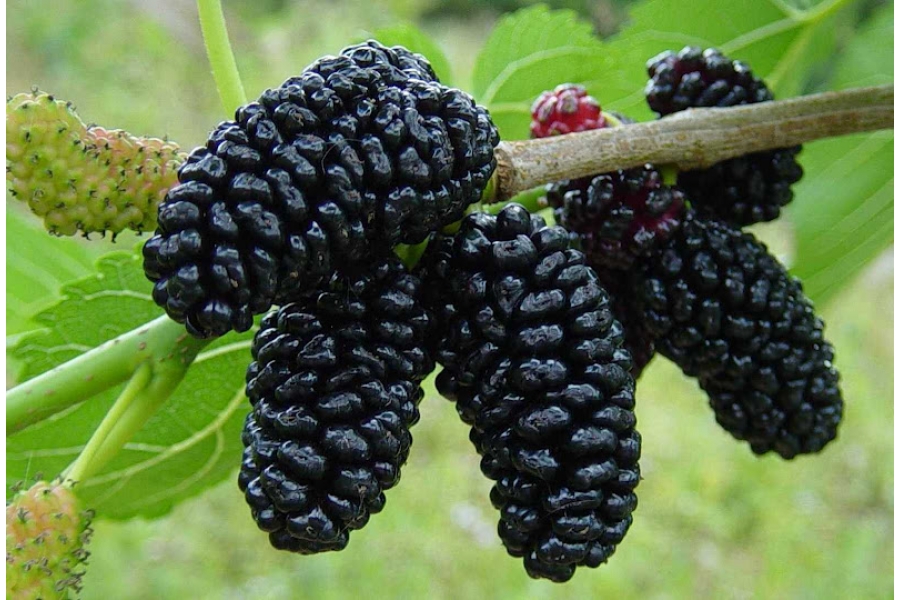
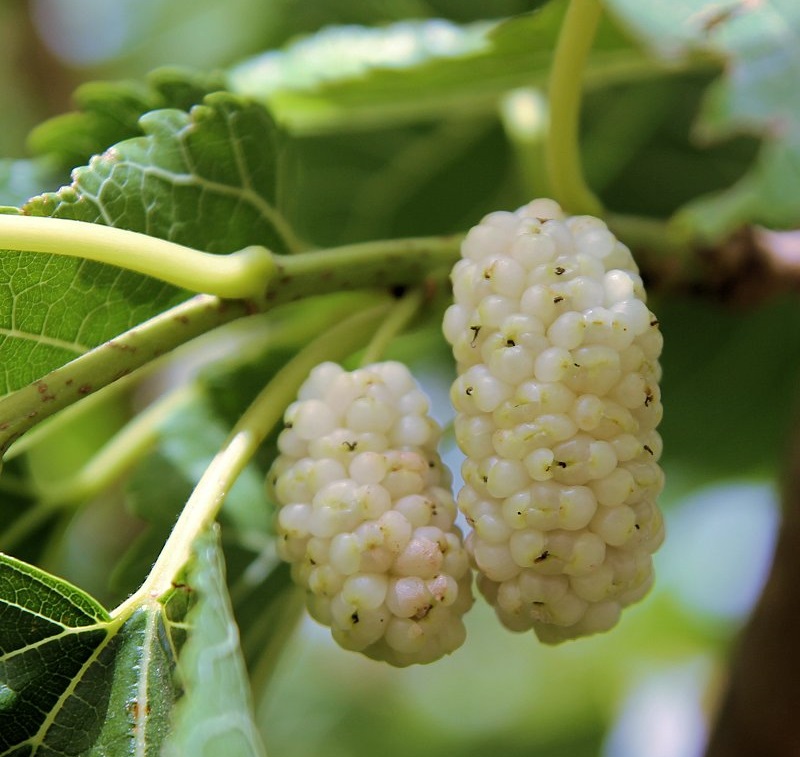
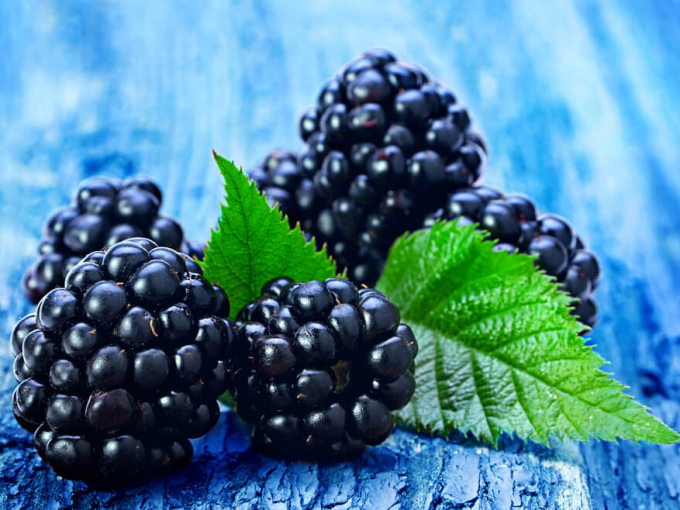

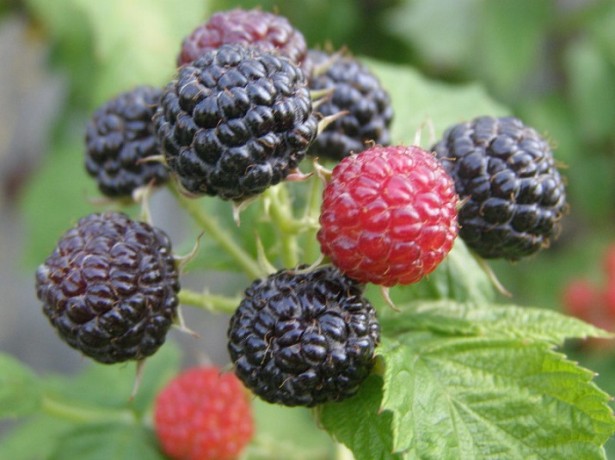
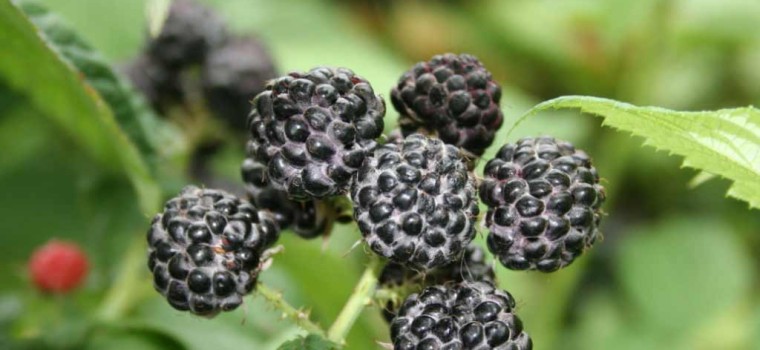
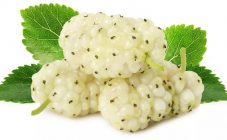
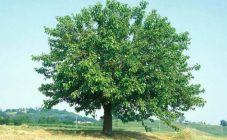
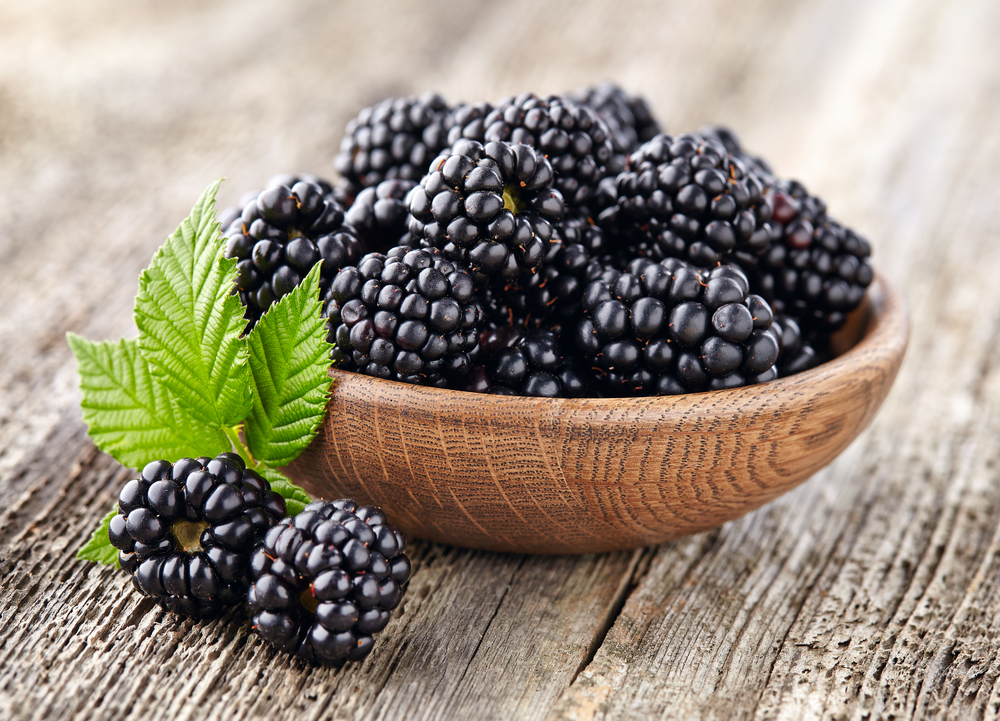
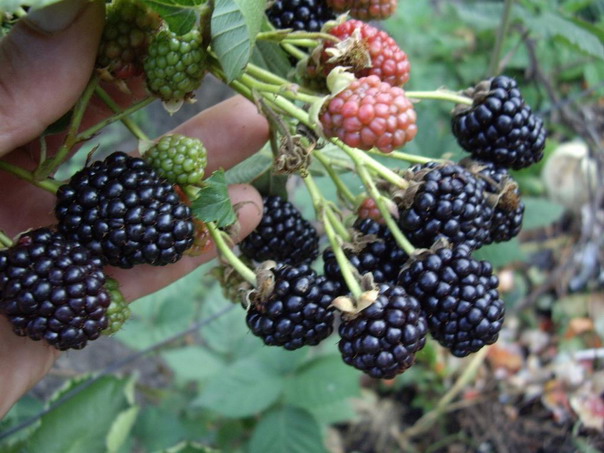
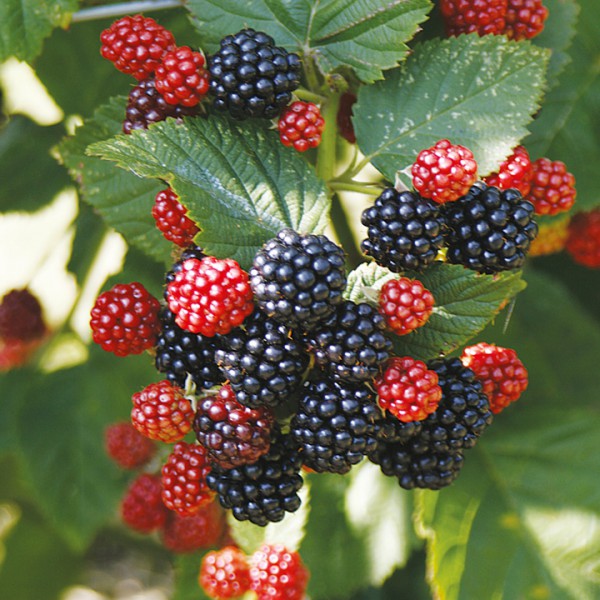
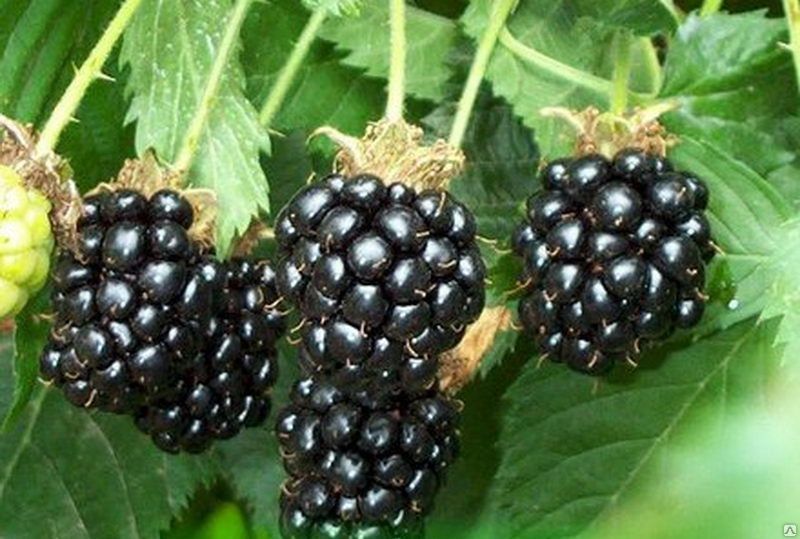







You perfectly told how blackberries and mulberries grow, what everyone already knows about, but how to distinguish them on the market ??, only by planting the stalk? If you are not allowed to try?